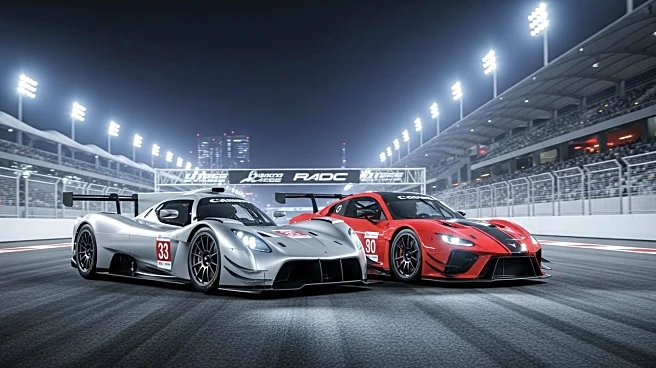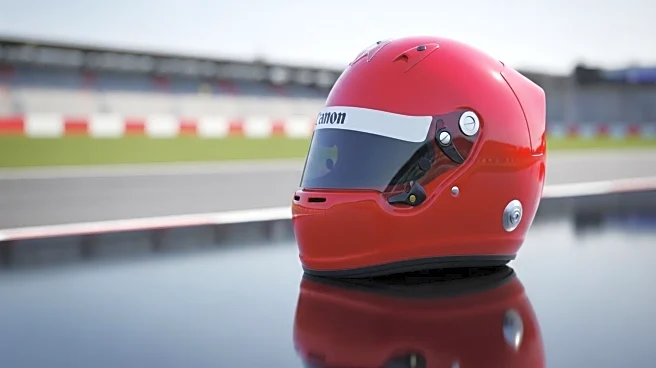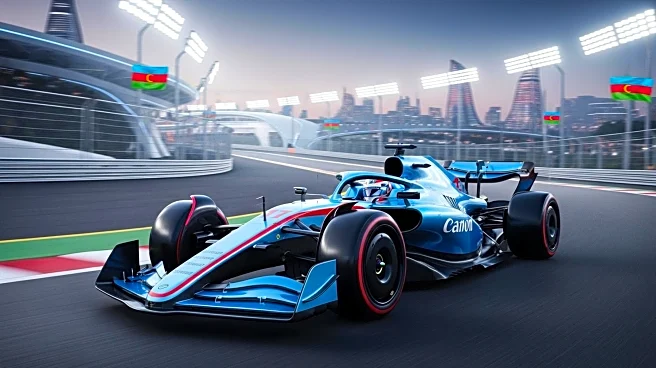What's Happening?
Lewis Hamilton led the second practice session for the Azerbaijan Grand Prix, achieving a time of 1:41.293. This performance placed him ahead of his Ferrari teammate Charles Leclerc by 0.074 seconds, indicating Ferrari's progress in the competition. The session was marked by challenges for McLaren drivers Lando Norris and Oscar Piastri, with Norris hitting the wall and ending his session prematurely. Despite the difficulties faced by McLaren, Hamilton's performance showcased Ferrari's competitive edge as they engaged in a personal duel for the fastest lap.
Why It's Important?
Hamilton's leading performance in the practice session highlights Ferrari's advancements and potential dominance in the upcoming race. This development is significant for the Formula 1 industry, as it may influence team strategies and competitive dynamics. McLaren's struggles, particularly Norris's early exit, could impact their standing and necessitate adjustments in their approach. The session's outcomes may affect team morale and strategic planning, with Ferrari gaining confidence and McLaren needing to address performance issues.
What's Next?
The next steps involve teams analyzing the practice session data to refine their strategies for the qualifying rounds and the main race. Ferrari will likely focus on maintaining their competitive edge, while McLaren must address the challenges faced by their drivers. The upcoming qualifying session will be crucial for teams to secure advantageous positions, and adjustments based on practice performance will be key. Stakeholders, including team managers and drivers, will be closely monitoring developments to optimize their chances in the race.
Beyond the Headlines
The practice session's results may have deeper implications for team dynamics and driver confidence. Ferrari's strong performance could bolster their reputation and influence sponsorship opportunities. Conversely, McLaren's challenges might prompt internal reviews and strategic shifts. The session also underscores the importance of adaptability and resilience in high-pressure environments, as teams navigate technical and competitive hurdles.










